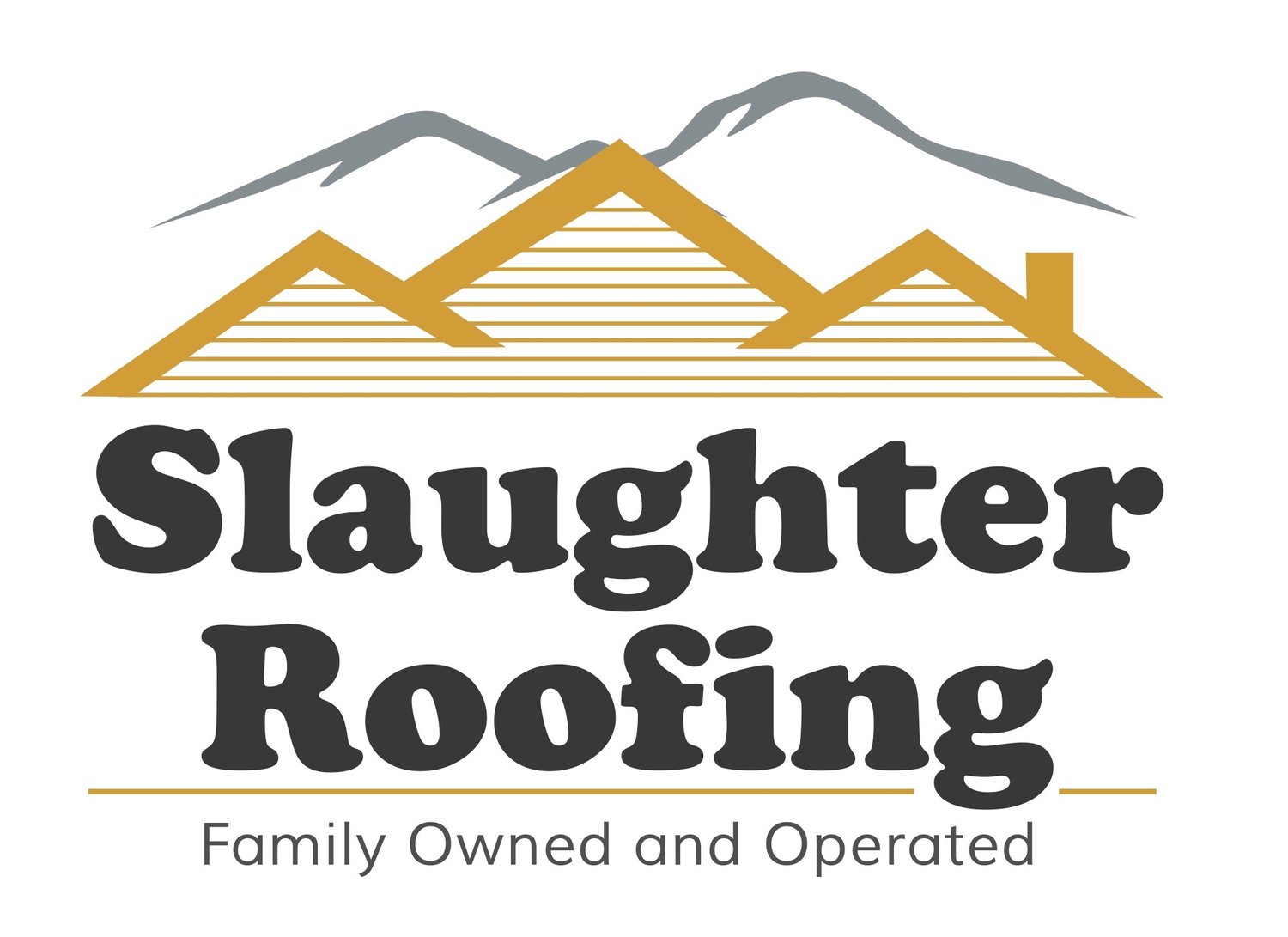Understanding Shingle Blistering
/Blistering roof shingles have been, and continue to be, the most controversial subject matter in the roofing industry. You may find yourself getting an unclear answer as to whether or not these blisters are damaging or simply just cosmetic defects. Here at Slaughter Roofing we realize what blistering roof shingles mean and are here to help give you the best roof protection that you see fit.
What Are Blistering Shingles
Blisters or blister rash can be identified by inconsistent bubbles rising up from inside the shingle. Blistering occurs in asphalt shingles as a byproduct of manufacturing and/or improper ventilation on your roof. The shingles are composed of different layers of material. While undergoing the lamination process, moisture can be trapped between layers. Later heat is applied during cure and gasses can expand from that trapped moisture creating bubbles underneath the top layer of the shingle. Certain resins can also release gasses if proper cure cycles are not maintained resulting in the same bubble like formations that can be noticed from the surface.
Blistering can also happen as a result of poor ventilation. When there’s inadequate ventilation in the attic or on the roof, the environment will become too hot for the shingles. This will eventually cause blisters to appear on the shingles.
Roof Damage
What this means to you is that over time, these areas will decrease the life expectancy of your roof. These blisters are more exposed to the environment and receive more wear from wind and rain. This along with the thinness of the blistered surface leads to the erosion of the blistering roof shingles. The end results are crater-like structures in your roof shingles lacking the granules of the surrounding roof. These pits can shorten your roof’s life expectancy depending on the amount of exposure your roof receives.
Prevention and Inspection
Unfortunately, when the roof shingles start to blister, you will eventually have to replace them as they may have already compromised the structural integrity of the roof. That said, you can avoid blistering in the first place by ensuring your roof and attic have proper ventilation and your roofing contractor inspects the new shingles during installation.






